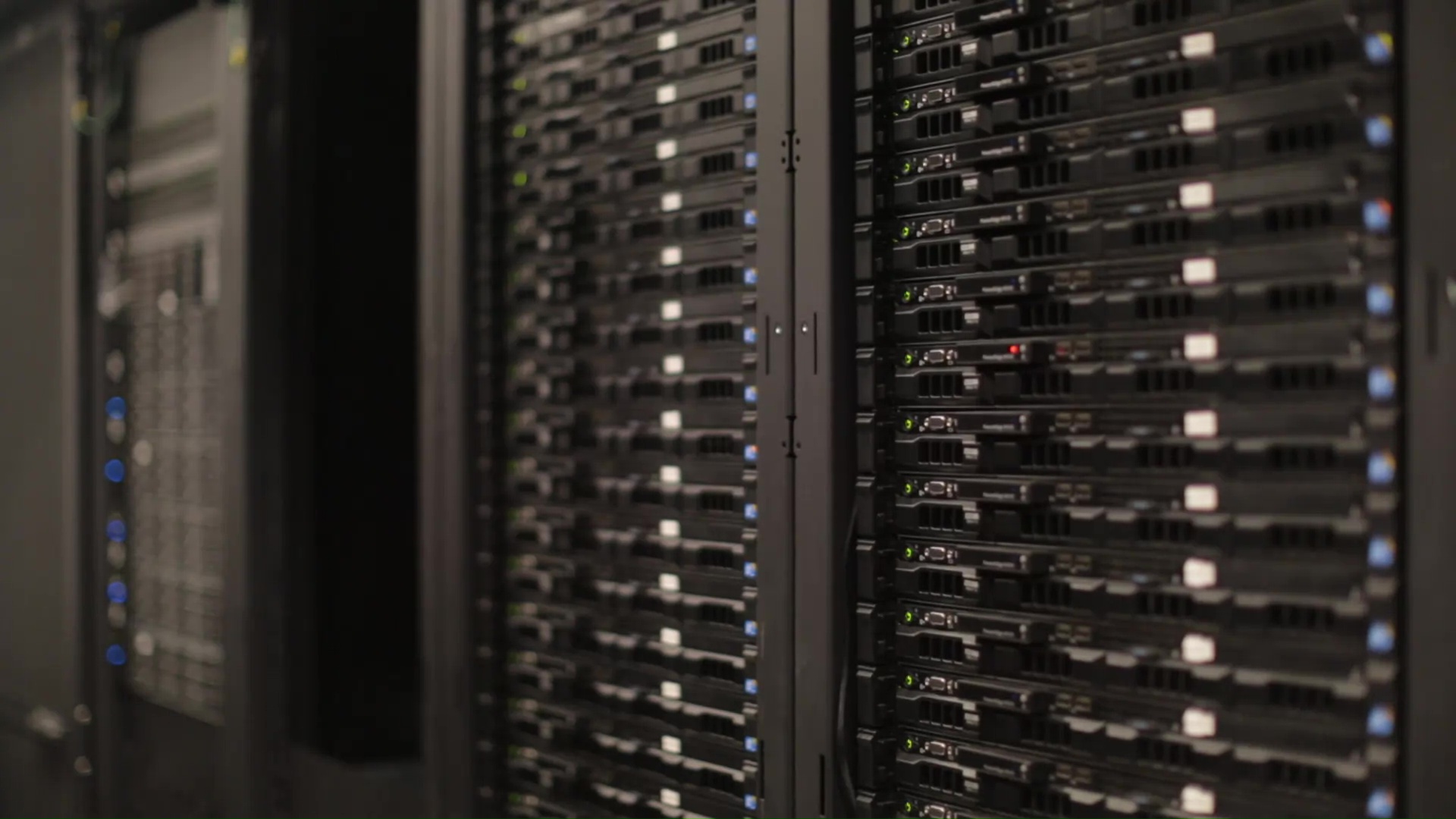
Talking about databases is rarely sexy, but for a business it’s a critical choice that impacts how the organisation runs and how it serves its customers. Yet we’re seeing far too many organisations still hampered by a ‘Frankenstein’ approach to their database: a cobbled-together system built on software from a variety of different vendors that has been shoved together to create a false integration.
I’d argue that businesses need to take a more ‘Wolverine’ approach – adopting an autonomous system that’s based on the next step of the business evolutionary ladder. One that’s built from scratch to be a self-healing, self-regenerating, self-driving, never-aging superhero who will fight to ensure your business is running at optimum levels.
Here’s why: winning customers, across both the B2B and B2C environments, has never been more competitive than it is today. Customers know what they want, they expect great service, and they won’t tolerate anything other than a seamless experience. In order to bring in new customers and retain existing ones, businesses are therefore trying to keep up with these consumer expectations. Many have tried investing in a number of different systems over time – adding on to their CX or marketing applications, for example, and building up an infrastructure by bolting on new solutions for different departments as and when budget is available.
- A new era in data awareness
- 4 trends that are changing the data conversation
- Beyond virtualization: improving data center energy efficiency through adept management
But if you could start from scratch now, would you choose an infrastructure that has been patched together from a number of different vendor offerings combined into an attempt to resemble an all-encompassing offering? Or would you choose a database that’s been created to work together as one unit, based on the current requirements of a modern business? Most would opt for the latter – and let’s look at why that is.
Frankenstein approach
When taking a Frankenstein approach, a business will never be able to truly create the most seamless of customer experiences, because a disjointed back-end ultimately makes for a disjointed front-end approach.
From a customer perspective, any interaction with your company is viewed as part of a brand experience. Customers don’t see, nor should they have to, the company and its various departments behind the brand. What happens behind the scenes is irrelevant to the customer: they will judge your brand based on all interactions on all channels. You can’t offer them that experience if your company isn’t connecting the dots on them in the background.
If your database doesn’t seamlessly unify the business, then you will struggle to connect data from different teams and departments; data which is key to build actionable business insights on customers. Frankenstein systems won’t give you this seamless integration: the various systems struggle to communicate, and pulling data becomes a complicated task which, even it’s managed, usually takes so much time that the data is already dated by the time it’s collated.
Sign up to the TechRadar Pro newsletter to get all the top news, opinion, features and guidance your business needs to succeed!
Wolverine approach
In contrast, the Wolverine approach – a single autonomous database system – avoids these issues. Here, not only do all systems work together as one, but the added automation means the system is self-driving and self-regenerating, so it can analyse data across the whole environment. With a legacy Frankenstein approach, data is siloed and, analysis is often slow and prone to human error.
With automation, a database can analyse information from across the business in a matter of minutes in order to find the insights that inform the most valuable customer propositions. Furthermore, with self-driving and machine learning capabilities, the database can then act on these insights without human intervention. This could be personalising a customer’s marketing email based on something they bought in-store, or offering them a hotel deal after they’ve booked a flight online. These are just a couple of examples, but the possibilities across all organisations are endless.
Ultimately, as we move forward into the experience economy, businesses will need to be doing all they can to get their organisation firing on all cylinders as one if they want to succeed. So would you rather be backed by the self-doubting, cobbled-together Frankenstein, or the purpose-built, regenerating Wolverine? I know which one I’m backing to win in this fiercely competitive landscape.
John Abel, VP Cloud and Innovation for UK&I at Oracle
- We've also highlighted the best database software
